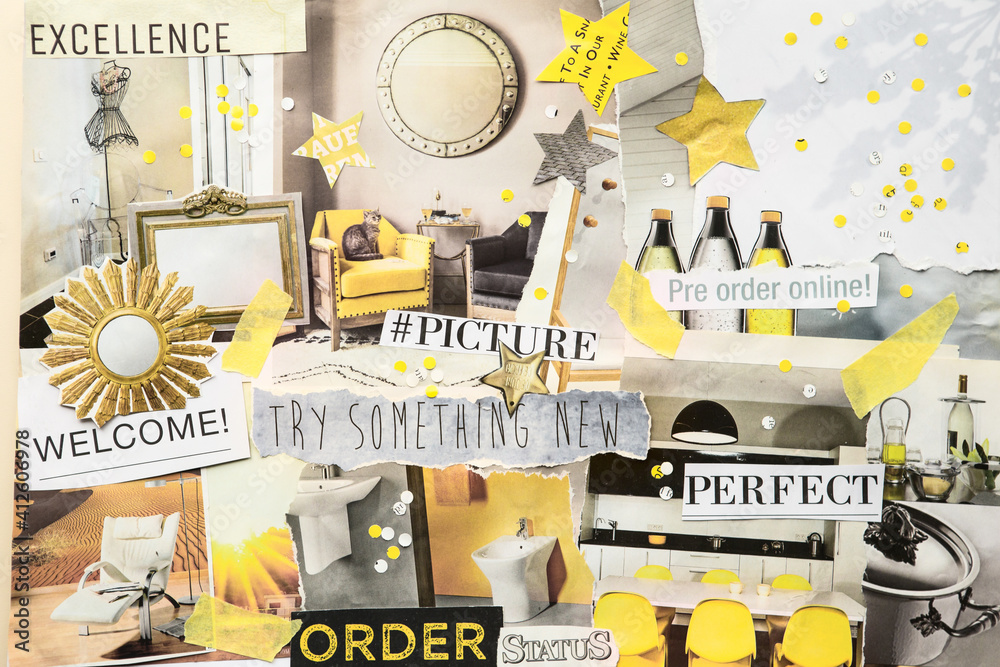When managing your company’s #websitedesign (or redesign) project, getting to see a page mock-up for the first time should give you a real ‘wow’ moment. 🦄
If your designers know their onions, whatever expectations you have will be exceeded and you’ll get a glimpse at the future of your business and where you could be heading.
But for many companies, beneath the excitement lurks a trap. 🪤
🎨 How many mock-ups do you need to see before you know the concept is correct?
🎨 How many designs does a developer need before they can start building?
🎨 Could you get away with just designing a homepage and build the rest on the fly?
🎨 And why does any of this matter?
Get carried away and you could blow your budget or fall behind schedule. Cut corners and there’s a risk the finished article won’t reflect your brand, especially if you’re inadvertently delegating creative decisions to your more technically-minded team members whose expertise lies elsewhere.
📱Whatever you’re doing needs to look great on all devices, so you need to multiply all the mocks by (at least) two to ensure desktops and mobiles are covered, but beyond that this is my Awesome Foursome to get you started.
✅ Homepage – If you get this right and your fonts, colours, images, icons, basic calls to action (CTA) and navigation can all be ticked off the list. And as many of these elements will probably get used across the site I’d recommend you nut this page before moving on to the others.
✅ A standard content page – Here you’re looking to show how text, images and photos will work on pages where you delve into more detail with your content. You want to highlight how any differences in design will manifest on your sub pages. For example, a shift in colours or imagery styles.
✅ Functional pages – How does your website add the most value to your business? Whether it’s directly with an ecommerce store, a job search or a ‘Hire me now’ button, or indirectly by building brand awareness or encouraging people to sign up for your newsletter. Make sure this page is on your list.
✅ Navigation and sign-posts – This is often overlooked, but it’s arguably the most important of them all as this sets how people will interact (and hopefully transact) with your website. So don’t just mock up how the five or six items in your top navigation will sit in that bar at the top, make sure you’ve thought about what happens when someone clicks or hovers over that area…and do this for mobile too.
🧱 If you think about your design elements as modular components that can be used anywhere on your site, the above list could comfortably cover 80% – 90% of your website. And if you really feel it’s essential, you might have a go at your Blog or Contact Us pages too…just don’t waste time and money on a design file no one is ever going to open.
